Nei sistemi di trasmissione meccanica, cuscinetti auto-lubrificanti Servire come "Guardiani silenziosi", duraturi carichi dinamici mantenendo una bassa attrito e resistenza all'usura a lungo termine senza lubrificazione esterna. Tuttavia, gli ingegneri spesso affrontano un dilemma durante il bilanciamento di "prestazioni, costi e idoneità dell'applicazione" tra i tre materiali matrice tradizionale: ottone ad alta resistenza, bronzo di stagno e bronzo in alluminio. Ad esempio, l'ottone ad alta resistenza (come Zcuzn25al6fe3mn3) è noto per la sua alta resistenza, il bronzo stagno (come Zcusn10p1) ha un costo a basso costo e il bronzo in alluminio (come Zcual10fe3) eccelle nella resistenza ad alta temperatura. Tuttavia, una selezione impropria può portare a guasti prematuri del cuscinetto o spreco di risorse.

1. Confronto delle prestazioni core e logica di selezione
Proprietà meccaniche: resistenza, durezza e capacità di carico
| Indicatoreee | Ottone ad alta resistenza | Bronzo di latta | Bronzo in alluminio |
| Resistenza alla trazione (MPA) | 650-750 | 200-300 | 500-600 |
| Durezza (HB) | 180-220 | 80-100 | 150-180 |
| Ultimate Pressure (MPA) | 30-50 | 10-20 | 25-35 |
| Forza a fatica (MPA) | ≥200 | ≥80 | ≥150 |
Suggerimenti di selezione:
• Carichi pesanti/shock (come macchinari minerari, macchine per lo scudo): preferisci l'ottone ad alta resistenza, che ha una resistenza alla trazione tre volte quella del bronzo di stagno e una pressione definitiva in più del 43% in più rispetto al bronzo in alluminio.
• Carichi di velocità e leggeri a bassa o media (come macchinari tessili, cinture del trasportatore): il bronzo di stagno ha un costo inferiore (circa il 30% in meno) ma richiede una manutenzione regolare.
• Carichi ad alta temperatura e medi (≤400 ℃): il bronzo in alluminio, a causa del suo contenuto di alluminio, mantiene l'80% della sua resistenza ad alte temperature (rispetto al 65% per l'ottone ad alta resistenza).
Proprietà tribologiche: tasso di usura ed efficienza di lubrificazione
| Indicator | Ottone ad alta resistenza | Bronzo di latta | Bronzo in alluminio |
| Coefficiente di attrito secco | 0,08-0,12 | 0,15-0,25 | 0,10-0,18 |
| Tasso di usura (× 10⁻⁴ mm³/(n · m)) | 0.5 | 1.8 | 1.2 |
| Volume di incorporamento del lubrificante (%) | 15-25% | 10-15% | 12-20% |
Suggerimenti di selezione:
• Requisiti senza manutenzione a lungo termine: l'ottone ad alta resistenza ha il tasso di usura più basso (solo il 28% del bronzo di stagno) e l'elevata capacità di incorporamento del lubrificante, rendendolo adatto a scenari senza pilota come i cuscinetti del passo della turbina eolica.
• Soluzioni a basso costo a breve termine: il bronzo di stagno ha un investimento iniziale inferiore ma un tasso di usura più elevato, che richiede un'ispezione dello stato di rilascio di lubrificanti ogni 500 ore.
• Stabilità alla lubrificazione ad alta temperatura: il bronzo in alluminio forma un film di lubrificazione 20% più veloce rispetto all'ottone ad alta resistenza a temperature superiori a 200 ℃ , rendendolo adatto per cuscinetti a rulli di acciaio.
Adattabilità ambientale: temperatura e resistenza alla corrosione
| Indicator | Ottone ad alta resistenza | Bronzo di latta | Bronzo in alluminio |
| Intervallo di temperatura operativo (℃) | -50 ~ 300 | -50 ~ 200 | -50 ~ 400 |
| Resistenza alla corrosione a spruzzo salino (ore)* | ≥720 | ≥240 | ≥1000 |
| Resistenza acida e alcali (pH 2-12) | Eccellente | Moderare | Eccellente |
*Nota: test di spray salino standard ASTM B117, soluzione NaCl al 5%.
Suggerimenti di selezione:
• Ambienti marini/chimici: il bronzo in alluminio ha la migliore resistenza a spruzzo salino (nessuna avversaria dopo 1000 ore), seguita da ottone ad alta resistenza; Il bronzo di stagno è soggetto alla corrosione della dezincificazione e richiede un rivestimento di superficie.
• Fluttuazioni di temperatura ampia: il bronzo in alluminio mantiene la migliore stabilità della resistenza nell'intervallo di -50 ~ 400 ℃, seguita da ottone ad alta resistenza (la durezza diminuisce del 15% dopo 300 ℃).
2 . Analisi economica e costo del ciclo di vita
Spese iniziali di costo e manutenzione
• Prezzo del materiale per tonnellata (media 2023): bronzo di stagno (68.000 yuan)
• Intervallo di manutenzione: ottone ad alta resistenza (1200 ore)> Bronzo in alluminio (800 ore)> Bronzo di stagno (500 ore).
• Caso di costo completo: un impianto di cemento è passato a ottone ad alta resistenza per i suoi cuscinetti di mulini verticali, riducendo i costi totali (compresi i sostituti e le perdite di tempo di inattività) del 41% in tre anni, mentre l'opzione in bronzo in alluminio ha ridotto i costi del 28%.
Rischio di fallimento e costi nascosti
• Bronzo di stagno: economico sotto carichi leggeri, ma la velocità di usura aumenta drasticamente sotto carichi pesanti, con un rischio di guasto improvviso tre volte superiore a quello dell'ottone ad alta resistenza (fonte: "Macchinari pesanti", 2023, numero 4).
• Bronzo in alluminio: eccellenti prestazioni ad alta temperatura ma difficili da fare a freddo, con l'elaborazione costa il 25% superiore a quelle dell'ottone ad alta resistenza.
3. Diagramma di flusso decisionale e guida di selezione rapida
Determinare la priorità dell'applicazione:
Carichi pesanti/shock? → Ottone ad alta resistenza
Temperature elevate (> 300 ℃)? → Bronzo in alluminio
Ambiente di corrosione grave? → Bronzo in alluminio o ottone ad alta resistenza
Carichi a basso costo/luce? → Bronzo di stagno
Verificare i requisiti di lubrificazione:
Requisiti elevati senza manutenzione? → Ottone ad alta resistenza (alta capacità di incorporamento del lubrificante)
Manutenzione regolare possibile? → Bronzo di stagno o bronzo in alluminio
Calcolo dei costi del ciclo di vita:
Considerando le perdite di inattività delle apparecchiature e la frequenza di sostituzione, selezionare l'opzione con il costo complessivo più basso.
L'essenza della selezione è un "compromesso tra requisiti di performance ed economia":
• L'ottone ad alta resistenza è un "giocatore versatile" per carichi pesanti, resistenza alla corrosione e scenari senza manutenzione, adatti a attrezzature di fascia alta che perseguono affidabilità a lungo termine.
• Il bronzo di stagno, con il suo basso costo, rimane competitivo in progetti a carico chiaro, a bassa velocità e a breve termine.
• Lock di bronzo in alluminio in speciali richieste di applicazioni con i suoi "vantaggi singoli" nella resistenza ad alta temperatura e nella resistenza alla corrosione.
Nelle tendenze future, l'ottone ad alta resistenza, ulteriormente migliorato attraverso la nanomodificazione (come l'aggiunta di particelle di carburo di silicio), possono diventare una soluzione più universalmente applicabile.

Non esitate a C Ontatto Zhejiang Mingxu Machinery Manufacturing Co., Ltd. : [email protected] Per ulteriori consigli sulla selezione dei materiali per Cuscinetti auto-lubrificanti .






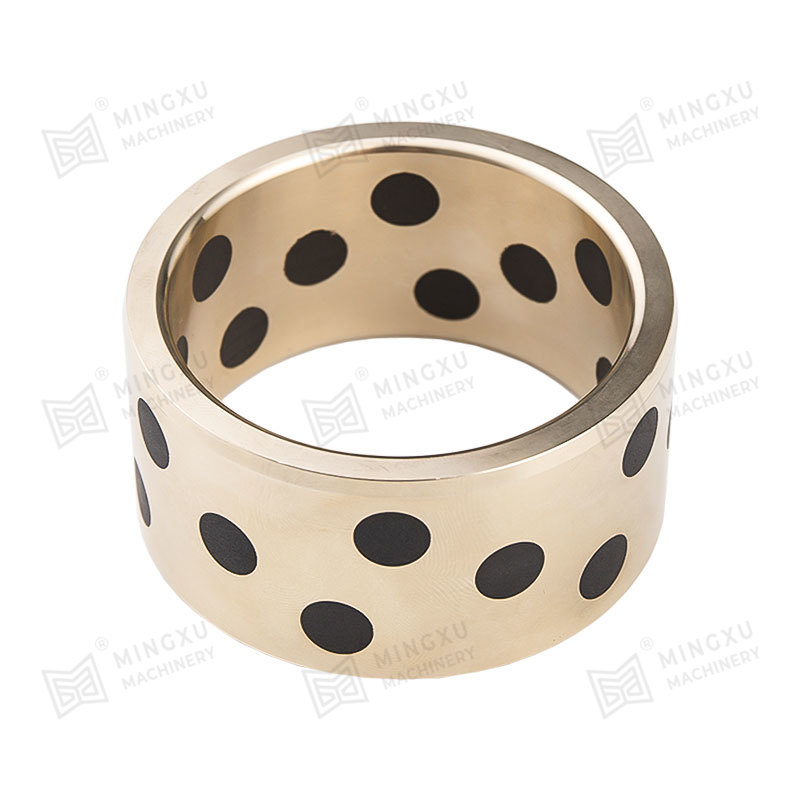
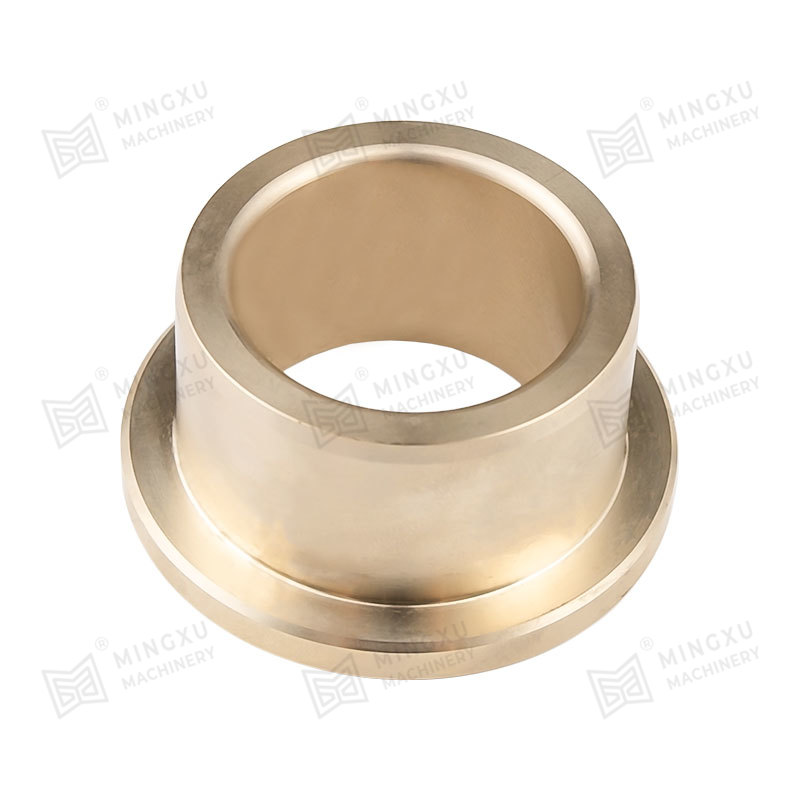
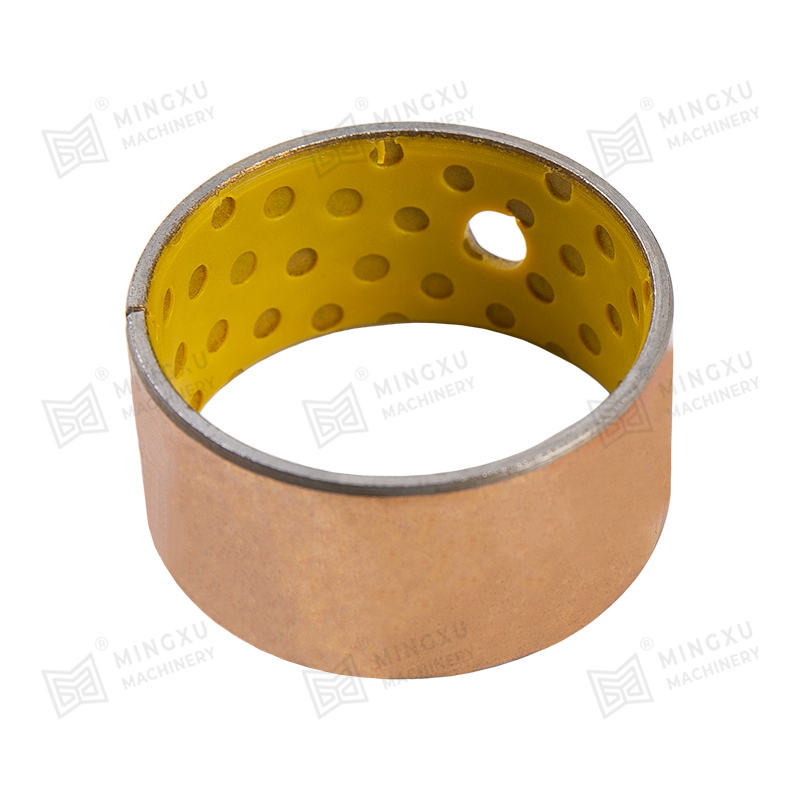
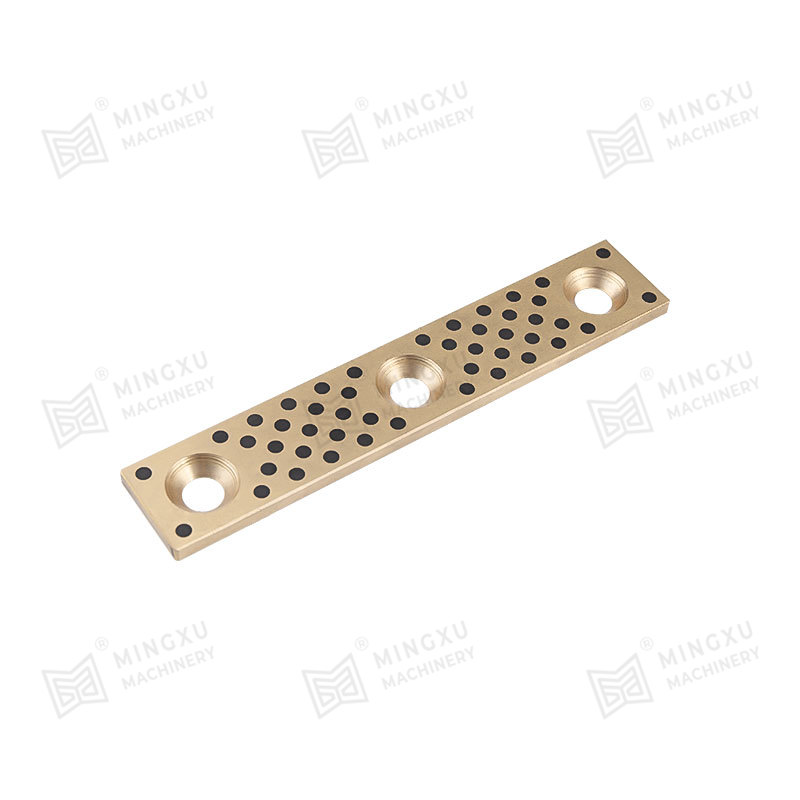
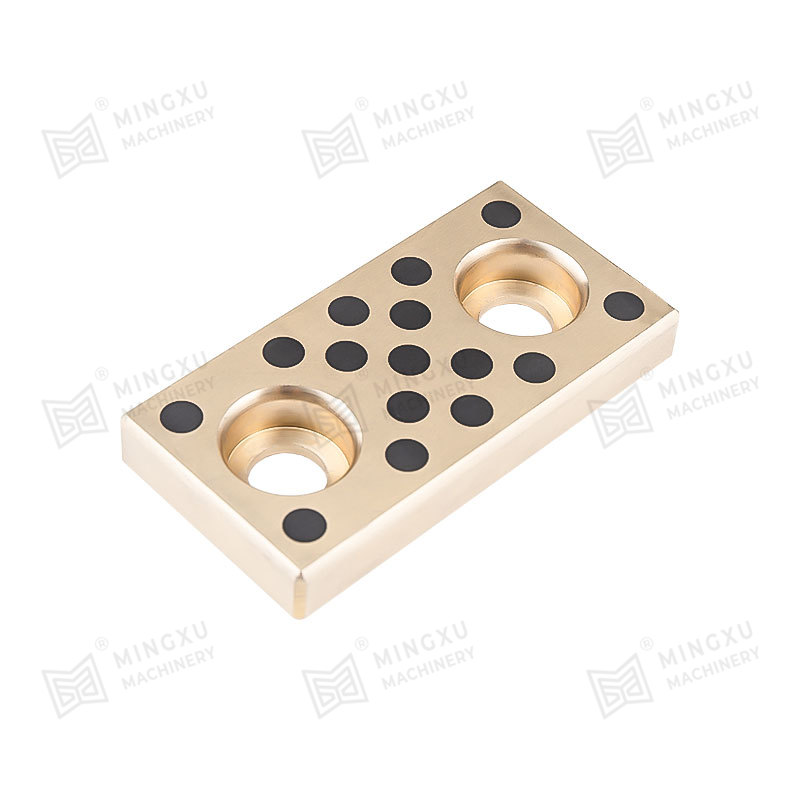
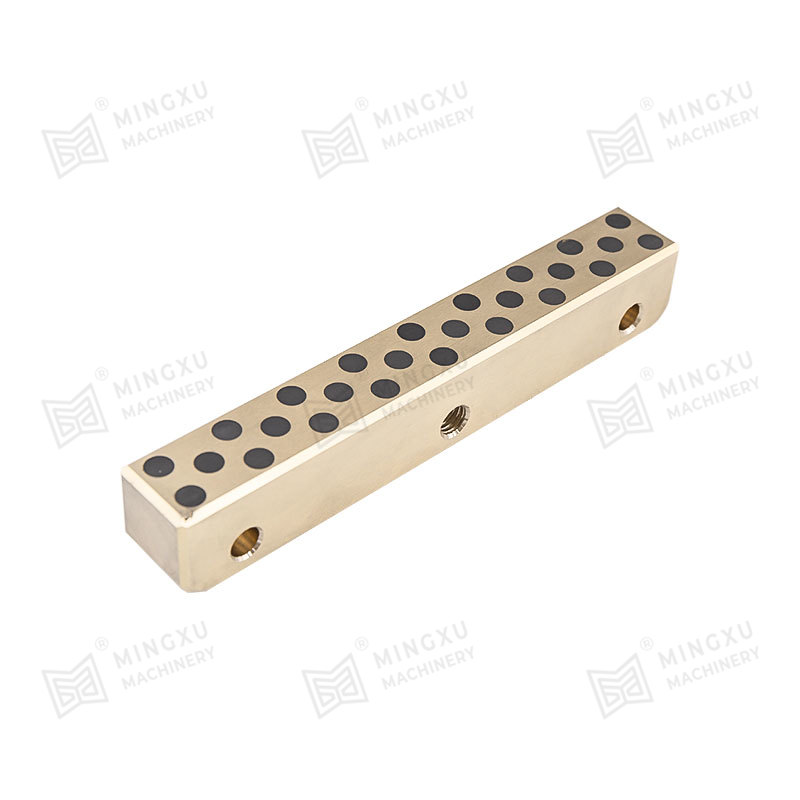
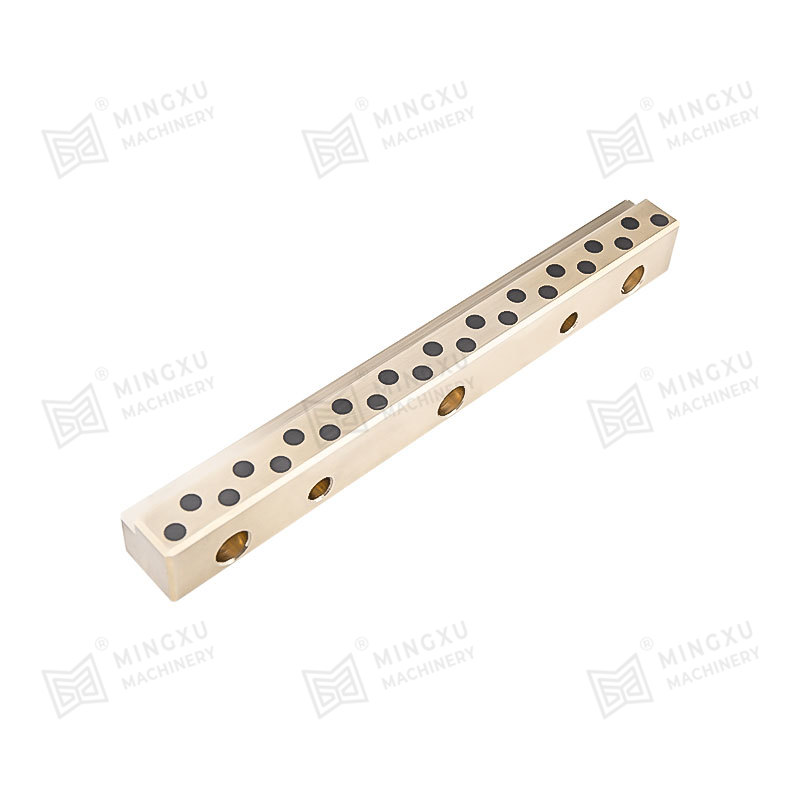
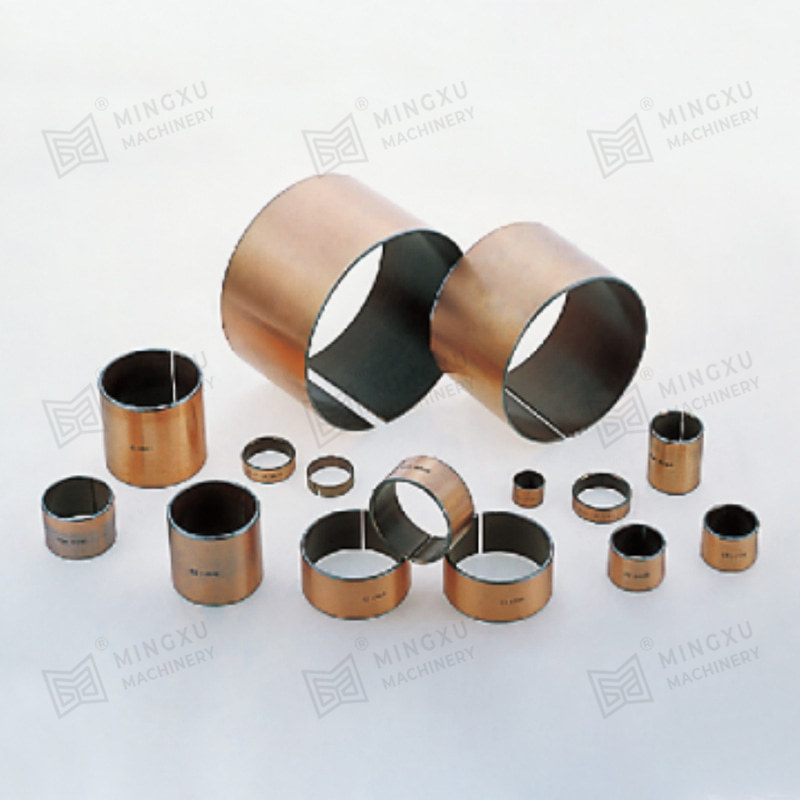
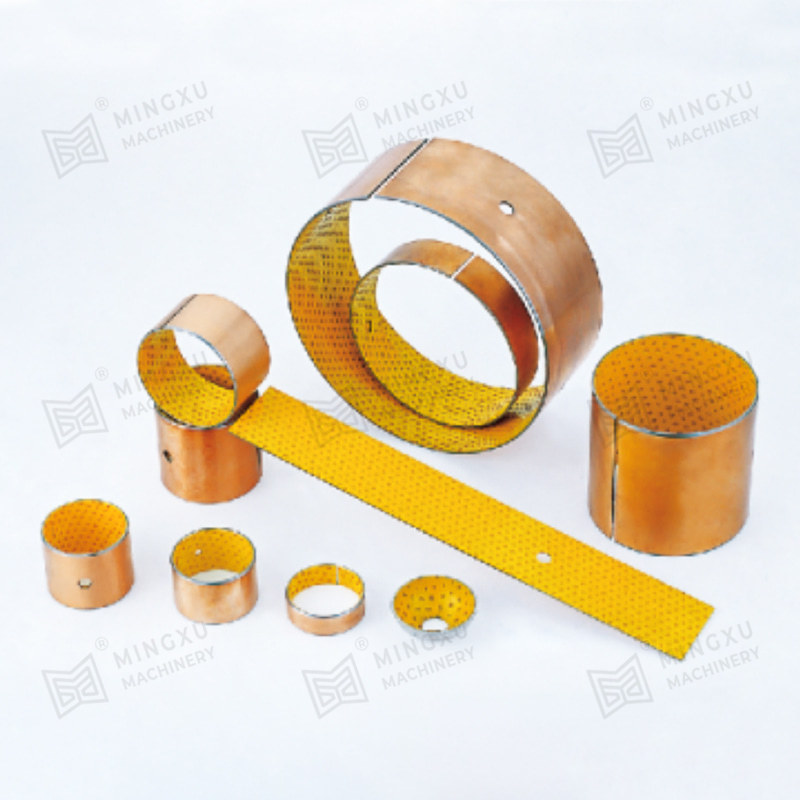
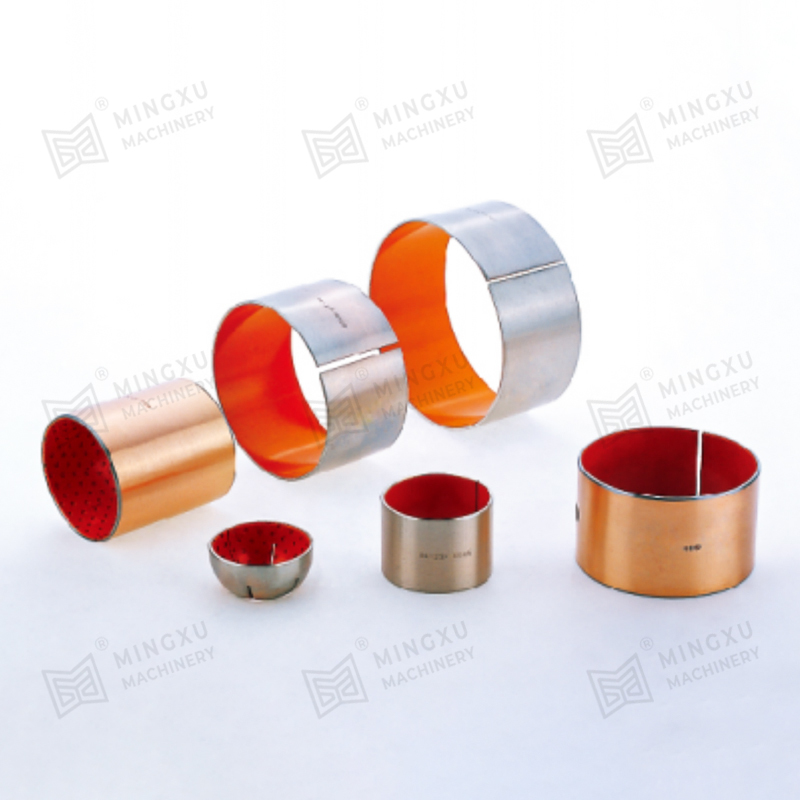







Contattaci